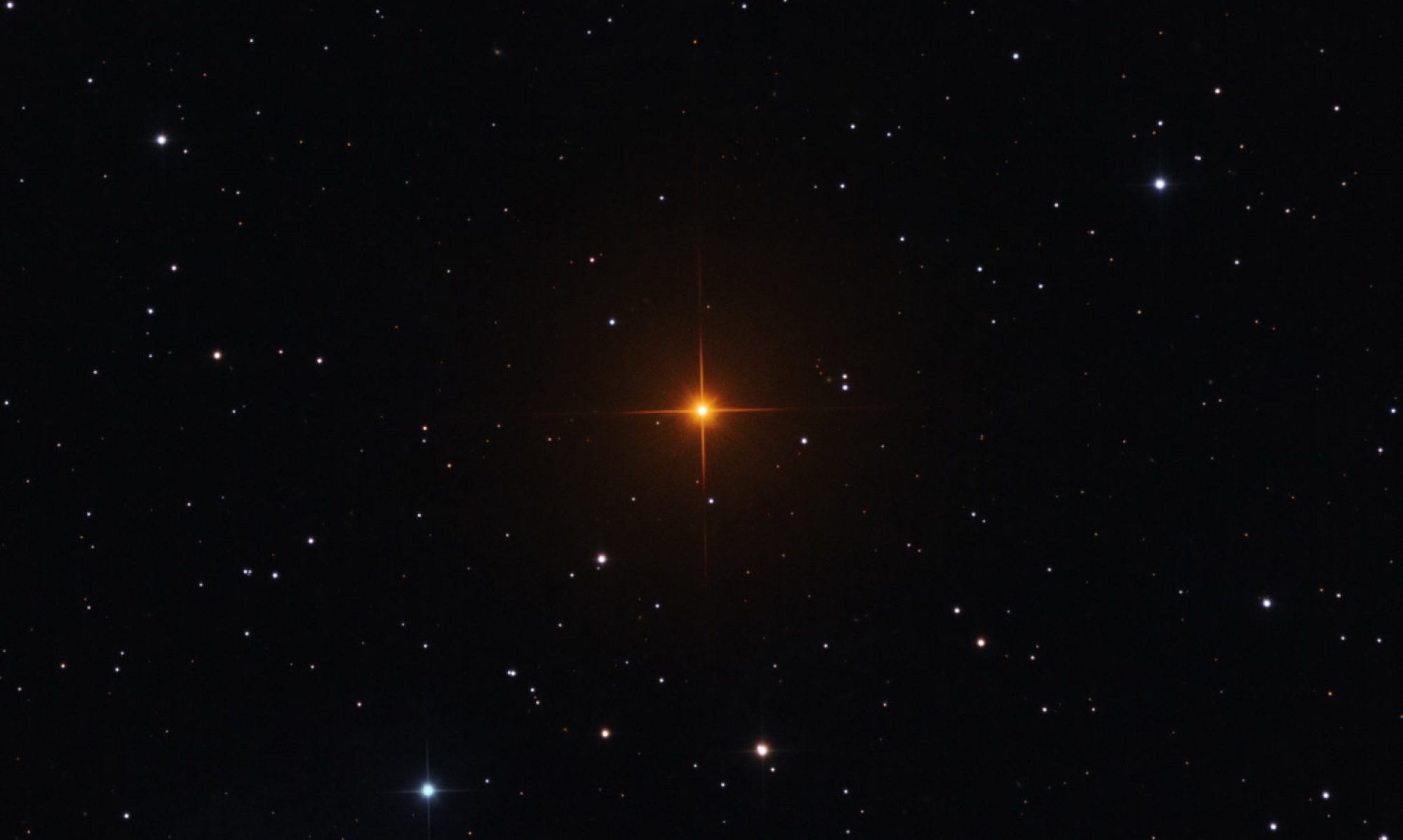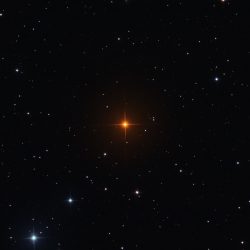DAMASCO’s main efforts focus on the following research lines: the search for dark matter with gamma rays, N-body simulations, and cosmic-ray astrophysics. Although differentiated, there exists a strong overlap among these three lines in our group. Indeed, we all benefit from each other’s expertise to find synergies and new avenues for research. In the following, we briefly describe our main interests and expertises.
Gamma-ray dark matter searches and N-body cosmological simulations
Our main goal is to shed further light on the fundamental nature of the dark matter (DM) in the Universe, which no doubt is one of the most important open questions in Science at present. We are very much interested in attacking the enigma of the DM in an astrophysical framework. Indeed, all the evidence that we have to believe in DM is purely astrophysical as of today. DM has not been directly detected in the laboratory, yet its gravitational effects have been observed at all spatial scales, from the innermost regions of galaxies out to galaxy clusters and cosmological scales. We are particularly active in the search for the DM particle. Among the preferred DM candidates, WIMPs are, undoubtedly, the ones most intensely searched for. Different yet complementary approaches for their detection are possible: from laboratory-based searches, whose goal is the creation of the WIMP particles themselves, to direct detection experiments that look for traces of weak interactions between DM and ordinary matter, or indirect detection techniques which aim at detecting DM annihilation/decay products (such as gamma rays, neutrinos or antimatter).
Our group possesses a long expertise in indirect dark matter searches with gamma rays. We belong to the Fermi-LAT collaboration and to the Cherenkov Telescope Array (CTA) Consortium. At present, many astrophysical targets in the gamma-ray sky have already been scrutinized in the context of DM searches, many of them by our group (dwarf galaxies, galaxy clusters, the isotropic gamma-ray background, the Galactic center…). Yet, no clear and univocal indication of DM has been found in any of these targets. Despite the null results, the efforts in this direction should definitely continue. In the past, we addressed some of the most relevant questions for gamma-ray DM searches, either by proposing/exploring new astrophysical DM scenarios/targets and DM search strategies for current and future gamma-ray telescopes; by using actual gamma-ray data to search for any hint of WIMP annihilation/decay (or imprints of other DM candidates like axion-like particles, ALPs) or to set constraints to the theoretical models in absence of a signal; and by using results from N-body cosmological simulations to shed light on DM at the smallest scales, i.e. the ones that matter the most to gamma-ray DM searches. (We invite the reader to take a look at our publications’ list for specific works.)
In the near future, we will continue working on these fronts by, e.g., refining DM predictions and data analyses; by running and analyzing already existing or new N-body simulations specifically designed for our purposes; by proposing or exploring new astrophysical targets (also under different assumptions for the interaction between WIMPs, such as velocity-dependent cross sections), new techniques and approaches (for instance, we are already applying machine learning algorithms). We also plan to study other alternative cosmological models — such as interacting DM-radiation scenarios, that may provide a reasonable alternative to the standard CDM — and will keep considering other well-motivated DM candidates different from WIMPs such as ALPs.
The group has a wide network of close collaborators that includes R. Angulo (DIPC), J. Conrad (OKC/Stockholm), E. Charles (Stanford), M. di Mauro (NASA/Goddard), M. Doro (Padova), F. Iocco (Naples), M. Meyer (ECAP), N. Mirabal (NASA/Goddard), D. Nieto (UCM), F. Prada (IAA-CSIC), J. Redondo (U Zaragoza), G. Yepes (UAM), G. Zaharijas (Nova Goriça), J. Zavala (U Iceland).
Cosmic-ray physics and propagation
The comprehension of Cosmic Ray (CR) physics plays a central role in the astroparticle field. More than one century after their discovery, our understanding of the processes yielding cosmic radiation and involved in their transport cannot still be considered satisfactory. The two “big questions” that have been under debate in the community for a long time are:
- Which classes of sources contribute to the CR flux in different energy ranges? Which ones can provide the highest particle energies and how?
- Which are the relevant processes responsible for CR confinement in the Galaxy?
The general picture appears quite well established in terms of diffusive shock acceleration (DSA) of CRs, at work in one or more classes of sources (supernova remnants, maybe superbubbles or other objects), followed by a diffusive motion through the Galaxy governed by the quasi-linear theory of pitch-angle scattering off Alfvénic turbulence (QLT). These theoretical ideas have been implemented in comprehensive phenomenological frameworks by means of numerical/semi-analytical codes designed to model Galactic CR production and propagation. Such frameworks allow to reach a good zero-order agreement with the experimental data regarding CR spectra measured at Earth, their associated non-thermal radiation emitted during their journey through the interstellar medium, spanning from radio waves all the way up to high-energy gamma rays, and neutrinos.
However, thanks to impressive progress on the experimental side over the past ≈15-20 years, an enormous amount of data of unprecedented quality has allowed to study Galactic CRs in greater detail. Overall, a much more complicated picture than previously thought has emerged and many puzzles need to be solved. In particular:
- the origin of the hardening originally found by the PAMELA experiment in the proton spectrum, and confirmed by AMS with higher accuracy in all the hadronic species under consideration;
- the nature of the progressive hardening of the proton spectrum inferred by Fermi-LAT data;
- the nature of the positron excess and the origin of the spectral features in the electron spectrum recently reported by H.E.S.S. at 1 TeV may call for a revision of the orthodox scenarios currently implemented in most CR transport codes.
(For a review on this subject, see S. Gabici et al., arXiv:1903.11584)
Besides being important per se (also in light of the extreme energies involved, much larger than those reachable at current accelerators), and besides having intriguing connections with the current cutting-edge research in plasma physics, CR physics also plays a crucial role in the context of WIMP DM indirect detection. Recent claims of anomalies in the positron and antiproton spectrum, and the highly debated gamma-ray emission from the inner Galaxy, have been interpreted in terms of DM annihilation/decay. A better comprehension of the nature of the CR sources and the transport mechanism is compelling in order to confirm or constrain these interpretations. (For a review on these connections, see D. Gaggero and M. Valli, arXiv:1802.00636.)
Within the DAMASCO group, the effort aimed at understanding the physics of CR transport is led by Daniele Gaggero, funded by a “La Caixa” Junior leader postdoctoral grant, and involves the Ph.D. student Ottavio Fornieri, who is developing his research between Pisa, Siena and Madrid.
Some specific projects our group is involved in include:
- Understanding the origin of the positron excess and the leptonic features in general in terms of local antimatter factories (pulsar wind nebulae) and electron accelerators
- Understanding the nature of the proton hardening within a framework of CR transport based on the interaction with magnetosonic waves
- Understanding which classes of sources are at work in different energy ranges and are able to accelerate cosmic particles up to the multi-PeV regime
- Development of numerical tools to simulate CR production and transport in the Galaxy (DRAGON) and compute the associated non-thermal emission (Gammasky / HERMES)
- Development of diffuse models of the gamma-ray and neutrino emission from the Galaxy
The group has a wide network of close collaborators that includes Dr. C. Evoli and Dr. A. Dundovic (GSSI), Dr. D. Grasso (INFN Pisa), Dr. S. Gabici (APC Paris), Dr. S. S. Cerri (Princeton Un.).

